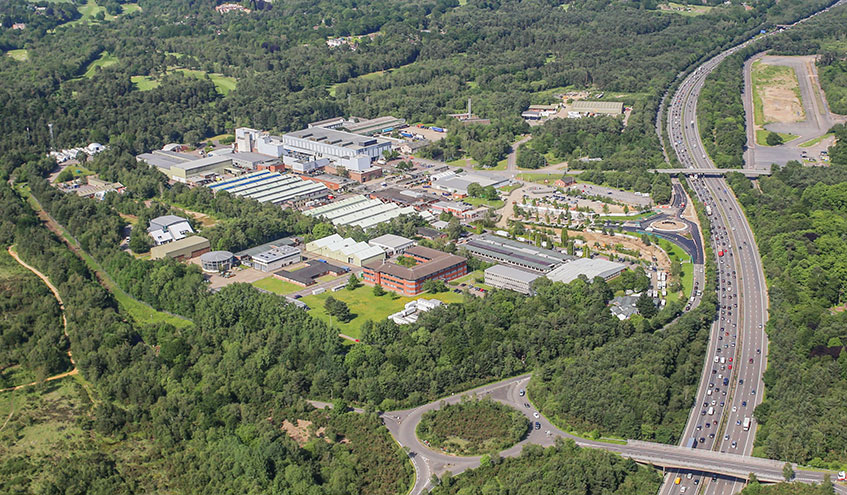Are film studios about to go Back to the Future?
COMMENT Hiring production space at film studios doesn’t look much like other real estate sectors. The process is governed by industry-specific conventions and terms of art. The uninitiated might reasonably check their stationery when asked if they have the first pencil.
However, the past five years have seen tremendous upheaval in UK film studio bookings. Market forces have created a huge shift in how space is occupied and, with up to 44 new studio spaces now planned, it is reasonable to ask if more changes are around the corner?
Quiet on the set
COMMENT Hiring production space at film studios doesn’t look much like other real estate sectors. The process is governed by industry-specific conventions and terms of art. The uninitiated might reasonably check their stationery when asked if they have the first pencil.
However, the past five years have seen tremendous upheaval in UK film studio bookings. Market forces have created a huge shift in how space is occupied and, with up to 44 new studio spaces now planned, it is reasonable to ask if more changes are around the corner?
Quiet on the set
The traditional way to hire space at a film studio is by a hire agreement, which is, at its heart, a commercial licence, usually signed on standard terms. This has been the basis of production since the era of silent film.
Principal photography is typically the most expensive phase of film production and, therefore, space will only be booked for as long as it is required, usually measured in months or even weeks.
At the end of the hire period, there is no commitment to use the facility again. While some directors have their favourite places to make films, the studios are reliant on maintaining their reputation within the market to secure the next booking.
The rate card for a sound stage will generate substantial returns for the studio, but the nature of the short-term commitments means there is an ongoing challenge of attracting and securing the next big production. So maintaining a high level of utilisation is a constant aim for studio management.
Rise of the streamers
Commonly referred to as an MLA, the master lease agreement is in essence a multi-year lease. It creates a long-term financial commitment to the film studio, to use its facilities and bring productions there.
Hardly a groundbreaking concept to the real estate industry, but the first MLA, signed between Pinewood and Netflix in 2019, was a deal that turned the UK studio sector on its head. It has since been followed by a rush of MLAs at Pinewood, Elstree and Longcross (pictured).
So what changed? The rise of the streamers. Take the example of Netflix, which started life as a distributor in direct DVD rental before transitioning into streaming. Its business model relied on third-party content.
As recently as March 2023, Friends was still the most streamed TV show in the UK. The 20-year-old hit is still doing the business for Netflix but, of course, it is a Warner Bros show and Netflix only holds the rights in the UK until the end of 2024.
This is illustrative of just one of the issues faced by streamers – their success has made others contemplate taking back rights to shows and starting their own platforms.
Soon the streamers were moving into direct production, creating their own original content, which would not only drive subscriber growth but also create valuable intellectual property. While this solved the issue of over-reliance on third-party content, it highlighted another potential threat – the undersupply of studio space in the UK. The race for space was on.
Race for space
The MLA was a direct response to an undersupply of studio space at a point in time. Even the Shepperton South expansion, currently under construction, is fully prelet on MLAs to Netflix and Amazon Prime. With Leavesden already owned outright by Warner Bros, most of the UK’s major film studio sites are now tied up.
The sector has responded, with there reportedly being 11.2m square feet of space in the pipeline.
It may not come as a surprise then that some in the industry are asking if the MLA wave has peaked. Could the projected increase in capacity mean that productions will go back to the future, comfortable to operate under the old studio hire agreement model?
However, very little of the new pipeline space has yet come online. While many of the proposed operators suggest their operations will not need MLAs to flourish, it is likely to require a certain kind of funder or investor to speculatively develop a film studio with a business model built around studio hire agreements alone. This may give hope to both operators and productions that there are one or two more big MLA deals left to do.
Owen Spencer is a counsel in the commercial real estate team at Forsters
Image © High Level/Shutterstock











